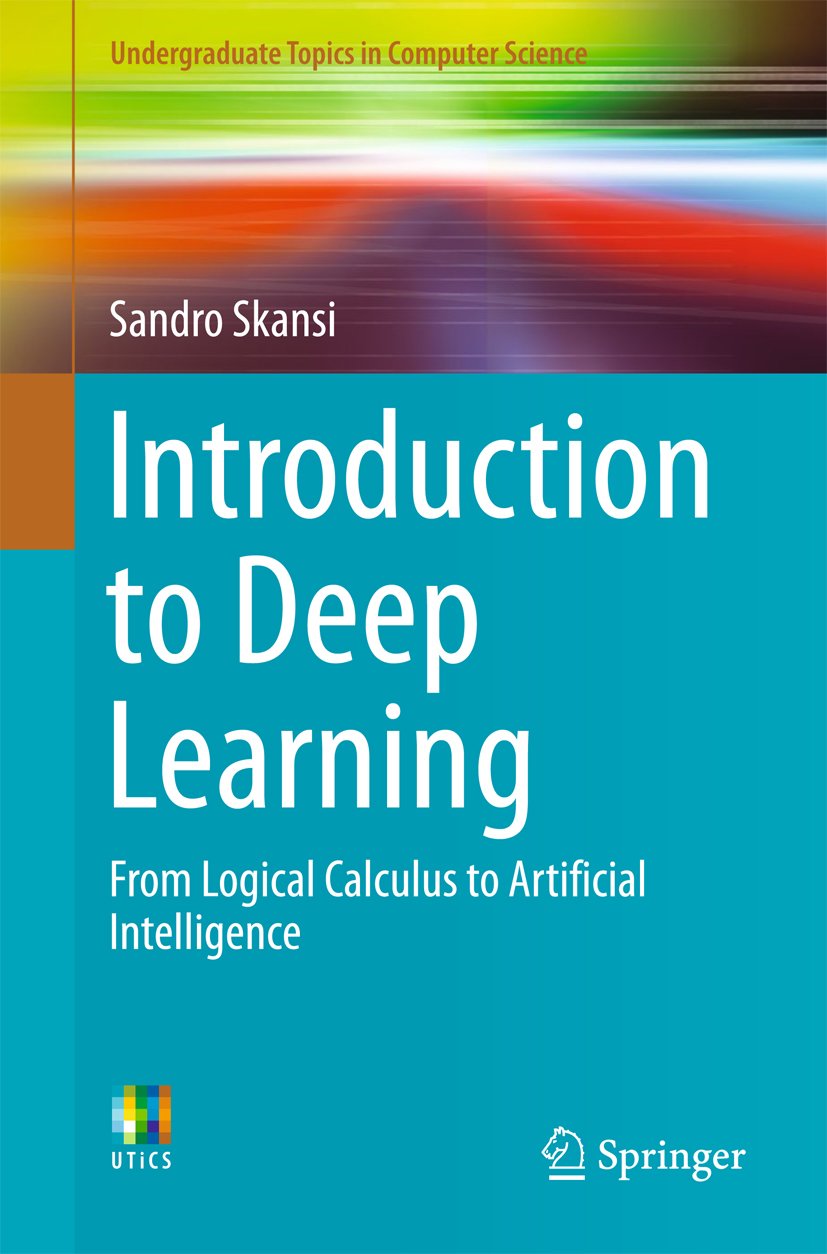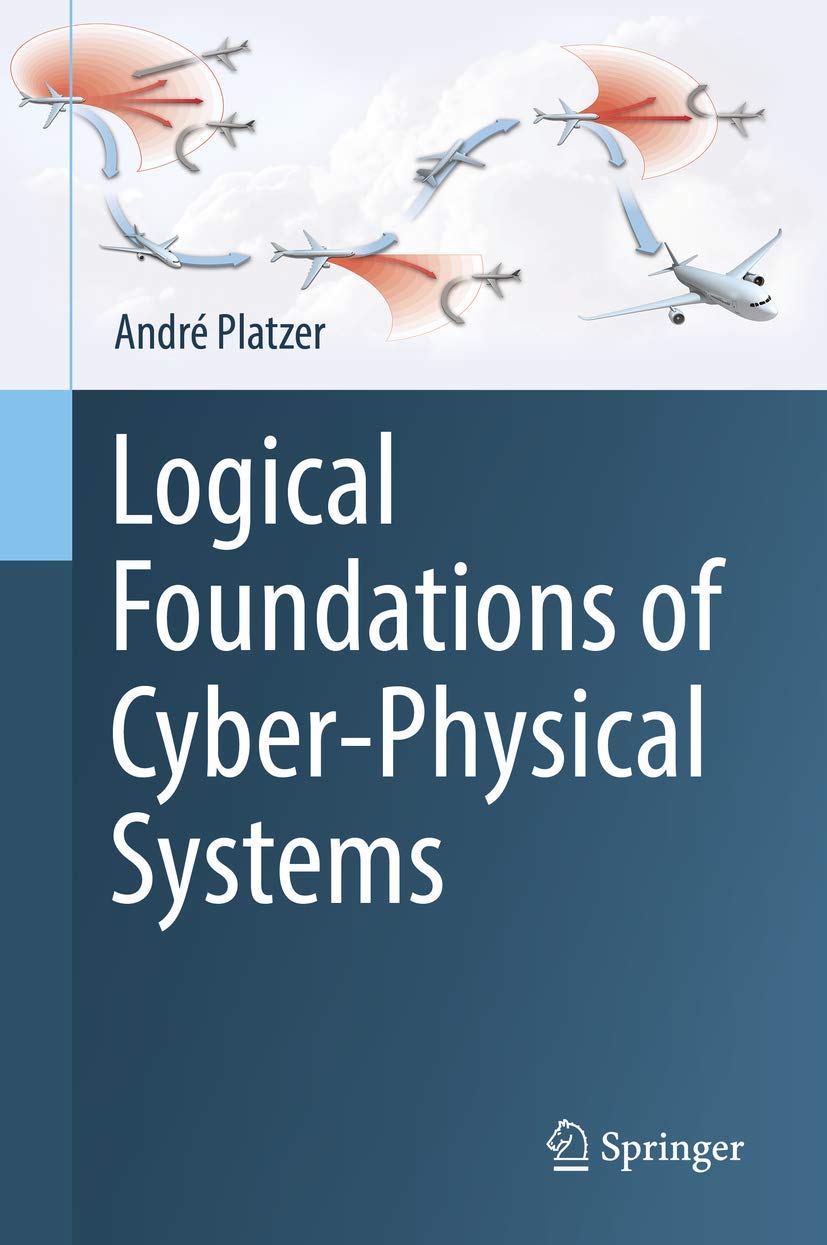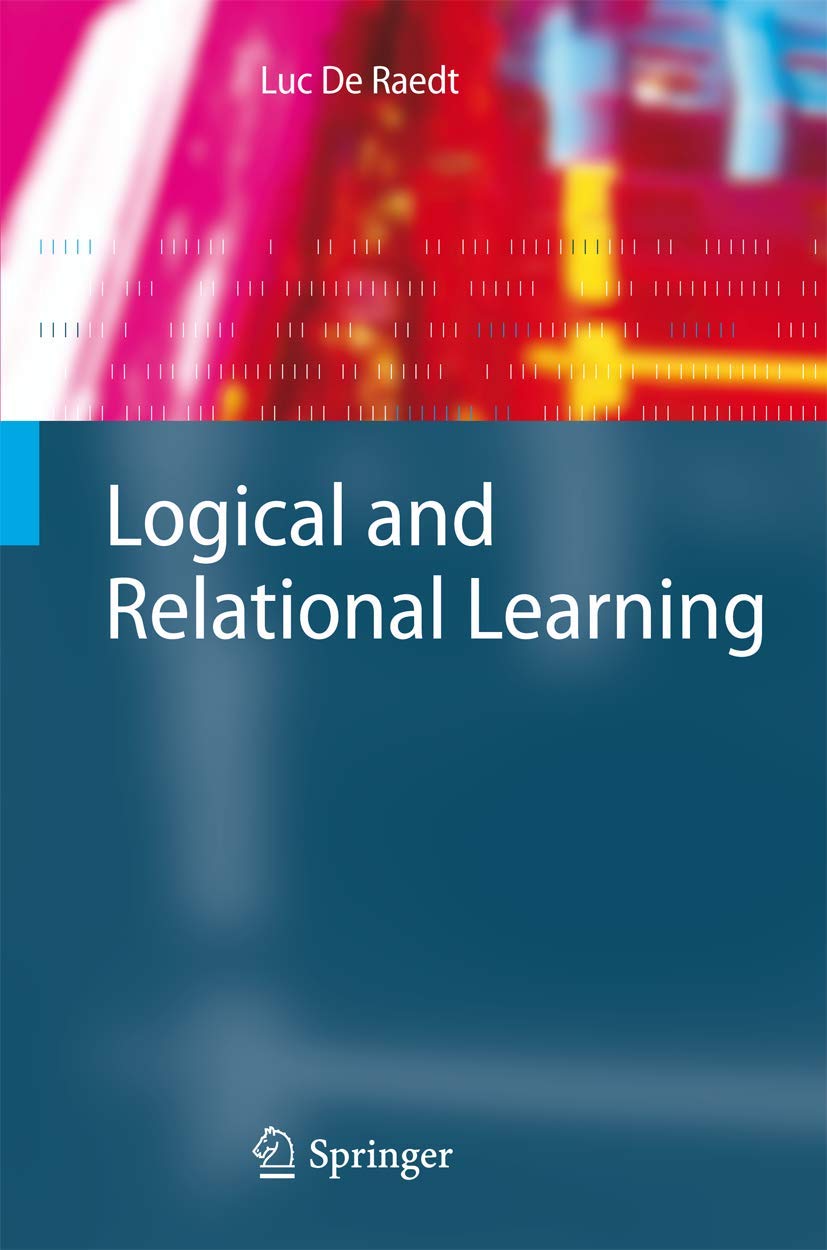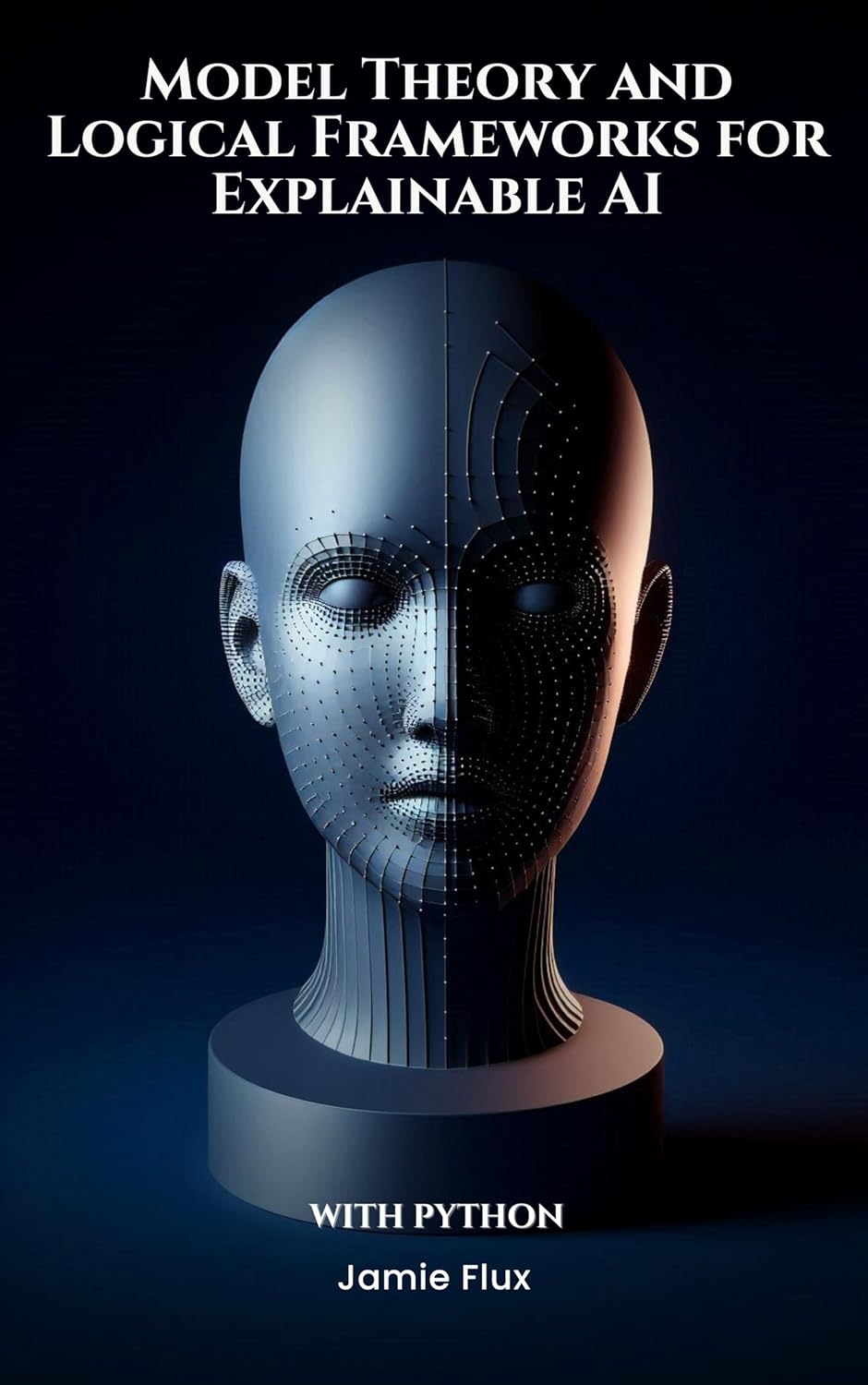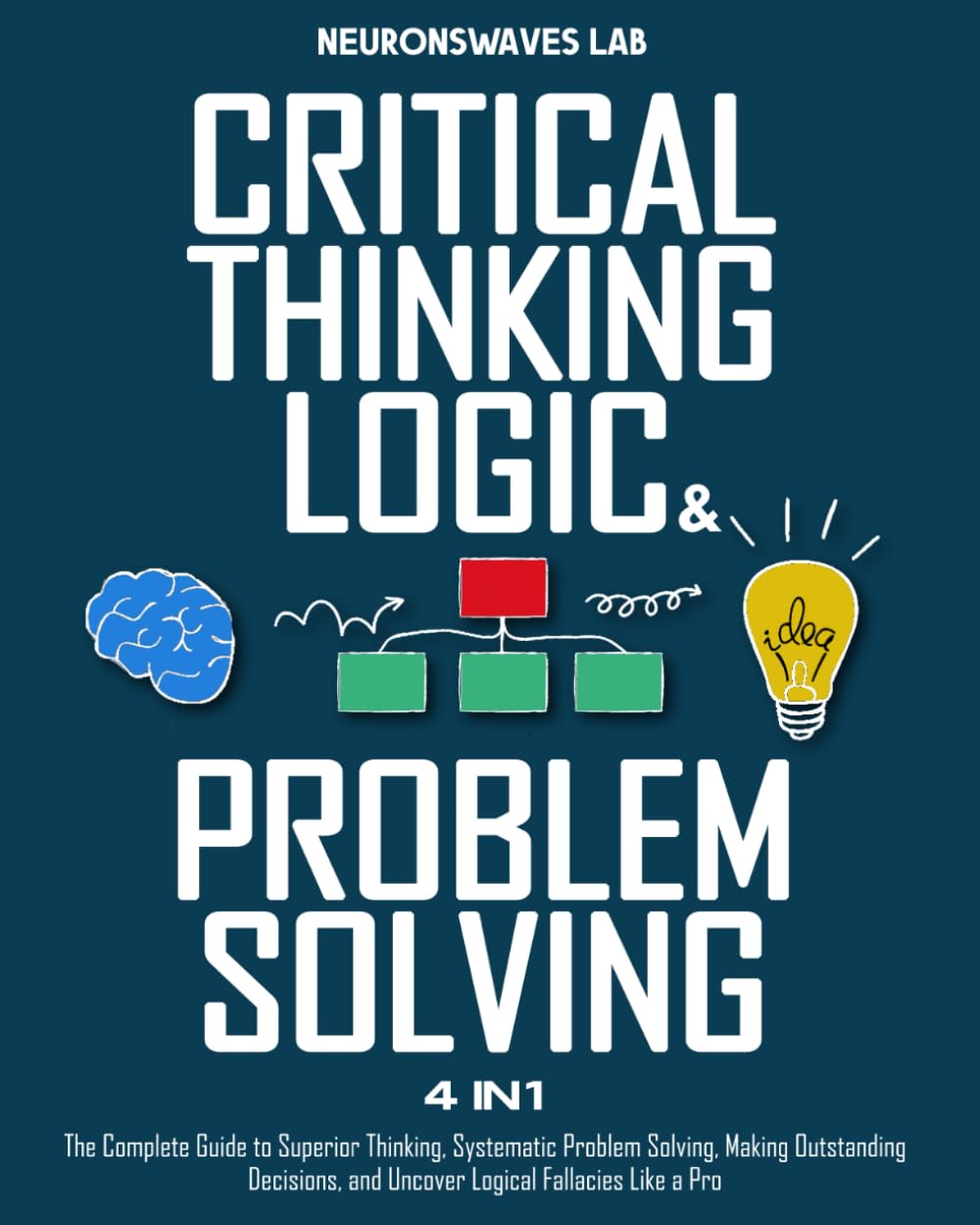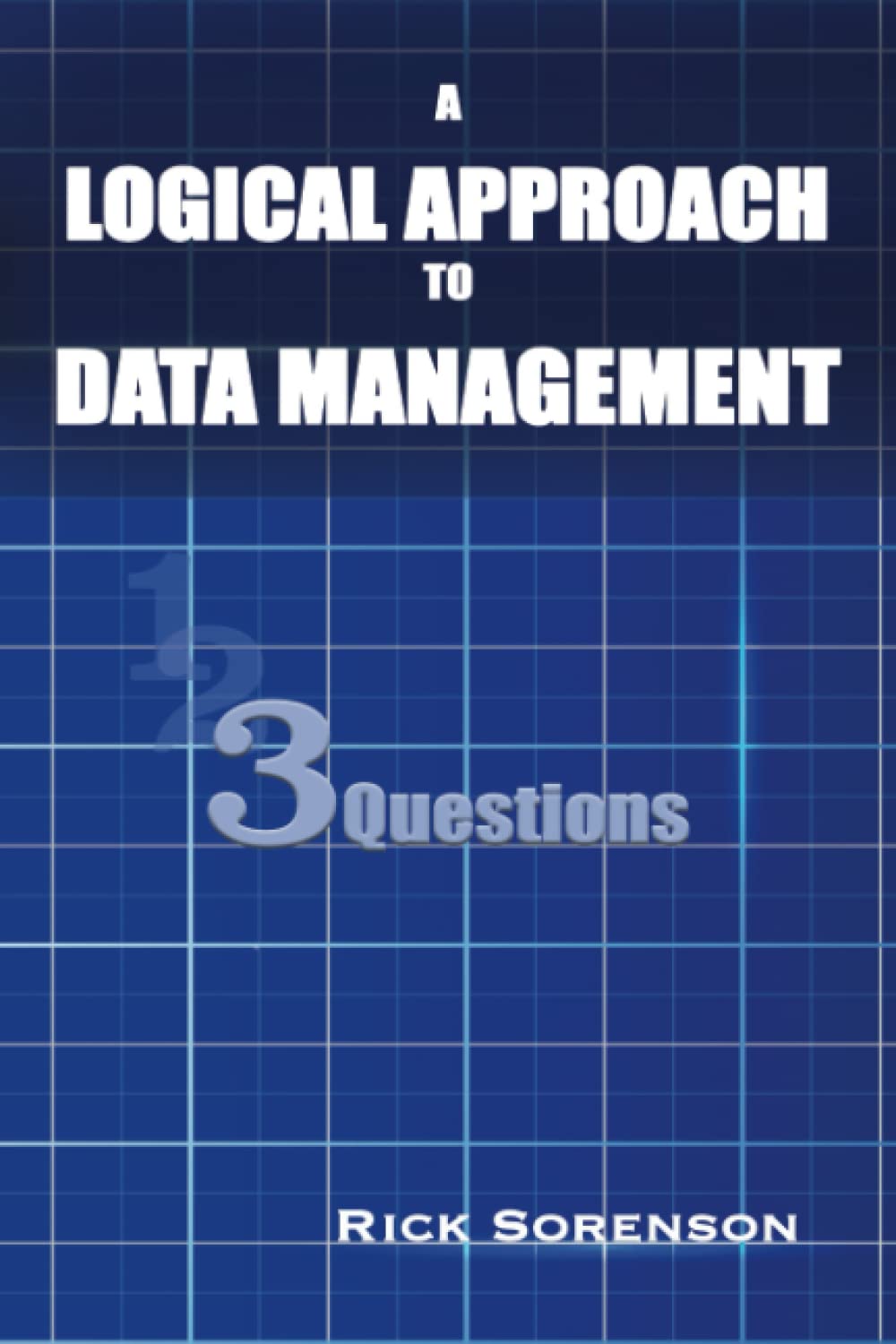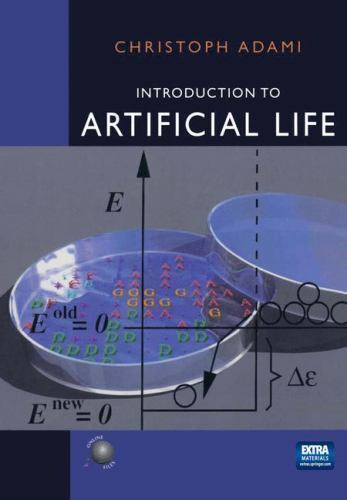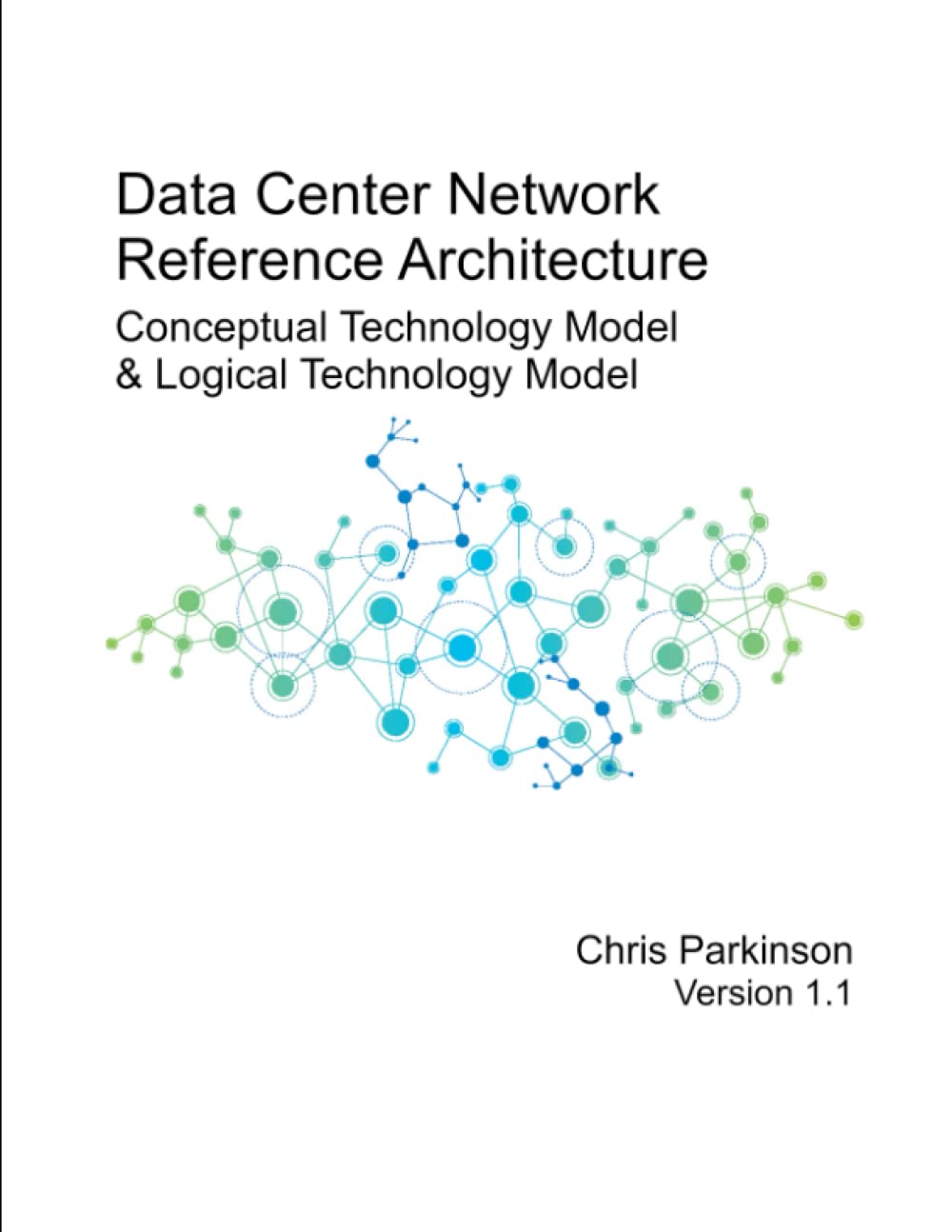
Ric Tapia/Getty Images
NFL Commissioner Roger Goodell reiterated the possibility that the NFL could expand its regular season to 18 games at some point in the future.
Appearing on Bloomberg TV’s The David Rubenstein Show: Peer to Peer Conversations (h/t Matthew Townsend of Bloomberg.com), Goodell said adding an 18th game is a “logical” next step for the league.
Goodell explained the framework of the season would remain 20 weeks, with the preseason schedule being reduced from three games to two.
“We would keep within that 20-game framework,” Goodell said. “We went to 16 and four, and now 17 and three. So 18 and two is a logical step.”
As soon as the NFL expanded the schedule to 17 games for the 2021 season, it felt like a matter of time before an 18th game would be added.
There are hurdles for the league to clear to get to the 18-game schedule. The biggest one is approval from the players, as it will have to be collectively bargained between the owners and the NFL Players Association.
Even though the current collective bargaining agreement runs through the 2030 season, there is hope an expanded schedule could be implemented before that expiration date.
NFLPA executive director Lloyd Howell told Mark Maske of the Washington Post in July that the league and union started high-level talks about an 18-game regular season.
Howell did caution there are a lot of details that would need to be ironed out, including “economic, health and safety matters” before players would sign off on any deal.
In an anonymous poll of 108 conducted by The Athletic in October, nearly 60 percent of the respondents said they oppose an 18-game schedule. The reasoning largely revolved around player health and safety.
“No, because players barely make it through 17, so adding 18, we don’t know what type of implications that’ll have long-term,” one player said, “because you’ll see guys have high use one year and the whole next year they battle injuries. Physically, I think it’s too much, and I know from the standpoint of the NFL, they see the money, but they’re gonna lose a lot of star players to injuries.”
Some players in the poll did say they would be OK with an extra game if it meant the NFL gave teams a second bye week during the regular season.
Goodell didn’t specify in his Bloomberg interview if the second bye was something that’s on the table, but he said in October that’s something the league would look at.
“A lot of that depends on—can we continue to make the game safer, can we continue to modify the way we conduct the offseason as well as the training camp and as well as the season, so that these guys feel comfortable being able to play that period of time,” Goodell said.
In a recent statement, NFL Commissioner Roger Goodell expressed his support for the idea of expanding the regular season schedule to 18 games. Goodell believes that this move would be a “logical step” for the league, citing the increased demand for football and the potential for additional revenue.
While the idea of an 18-game season has been met with mixed reactions from players and fans, Goodell remains confident that it could benefit the league as a whole. He points to the success of the current 16-game schedule and the popularity of the NFL as reasons to consider expanding the season.
Goodell’s comments have sparked debate among NFL enthusiasts, with some arguing that an extended season could lead to player burnout and increased risk of injury. However, others believe that more football would only enhance the fan experience and generate more excitement around the sport.
As discussions continue about the possibility of an 18-game regular season schedule, it will be interesting to see how the league ultimately decides to proceed. Stay tuned for updates on this developing story.
Tags:
- Roger Goodell
- NFL
- 18-game regular season
- Schedule
- News
- Scores
- Highlights
- Stats
- Rumors
- Football
- Sports
- Commissioner
- Professional sports
- Player safety
- Competition
- Team schedules
- Game length
- Playoff implications
#Roger #Goodell #18Game #Regular #Season #Schedule #Logical #Step #NFL #News #Scores #Highlights #Stats #Rumors
